A YOUNG women, decided to have both boobs removed even though she didn’t have cancer.
Stephanie Germino, now 29, has known since she was 15 that her risk of breast cancer was extremely high.
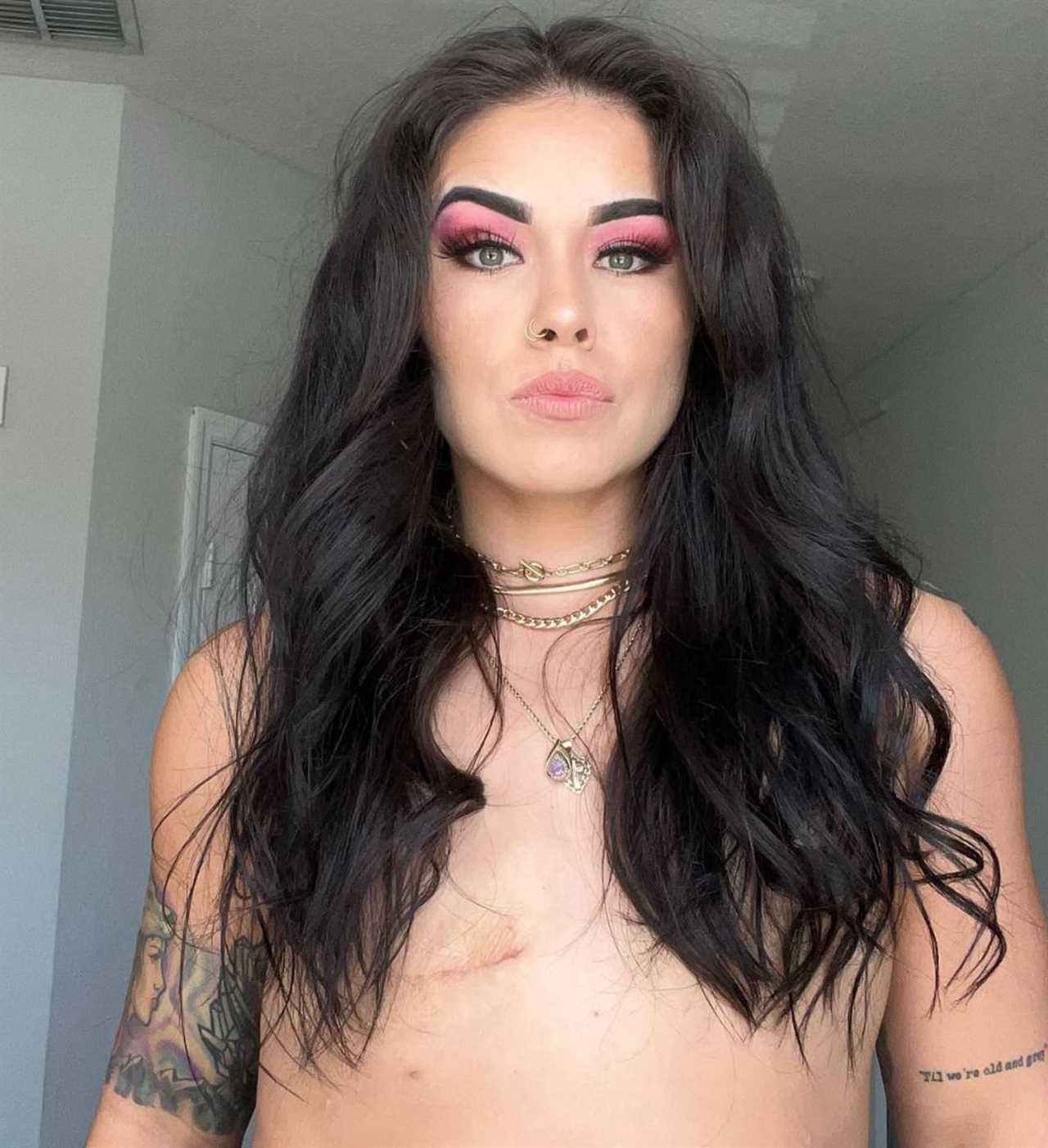
Stephanie was just 27 when she testes positive for the BRCA1 gene
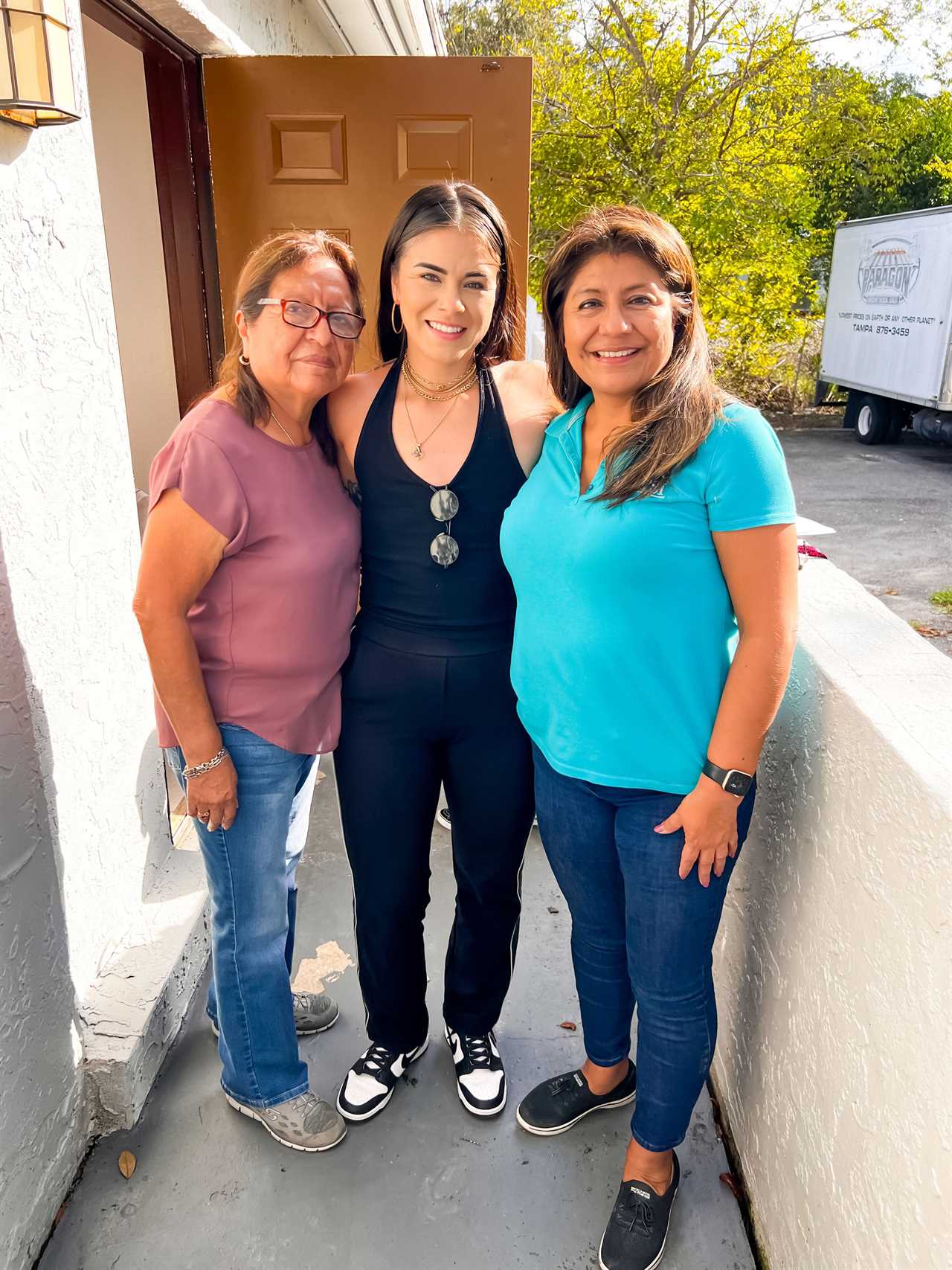
Stephanie with grandmother Teresa, 77 and mother Gabriella, 53 all of whom carry the BRCA1 gene
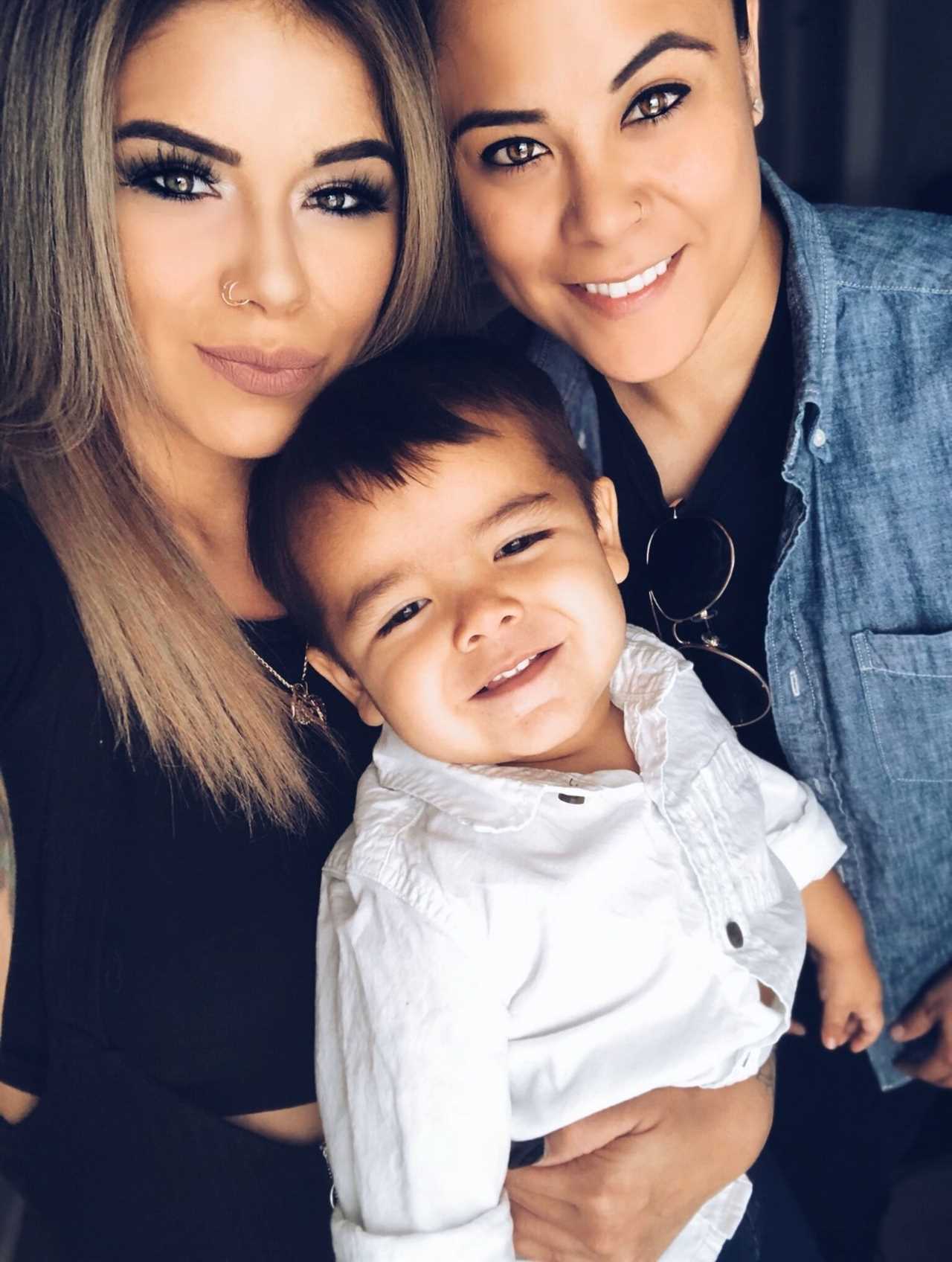
Stephanie with her fiance Diana and son Josiah
At just 27, the mum-of-one from Florida in the US decided to have a double mastectomy to prevent the cancer ever having the chance to develop.
This was after she tested positive for the BRCA1 gene – a mutation which increases the risk of breast cancer.
“I was very emotional but didn’t take it as a death sentence,” Stephanie explained.
There are over 50,000 cases of breast cancer in women every year in the UK.
Nearly 1,000 people die from breast cancer every month in the UK, with the disease killing around 11,500 women and 80 men each year.
“I was already aware there was a history of breast cancer in my family as my maternal grandmother suffered with it twice.
“When I was around 15 years old my mum sat me down and told me that she was a positive carrier of the BRCA1 gene mutation,” she added.
“This put me at a much higher risk and I’m now aware statistically I have an 87 per cent chance of getting breast and ovarian cancer,” she said.
Unlike most women who undergo the breast removal surgery, Stephanie decided against having boob implants, staying flat chested instead.
“A lot of my friends had complications and some even had them removed,” Stephanie explained.
“After really mulling it over I didn’t really like the look of reconstructed breast, so I decided I wanted to go flat and that I’d be more comfortable that way,” she said.
She said she felt as if her breasts had already “served their purpose” after feeding her son Josiah, now six, while he was a baby.
Stephanie went ahead with the surgery at age 28 with the support of family and fiancé Diana and is now feeling more confident than ever with her flat chest.
“For me personally, I never really loved my boobs, and I never saw them as a sign of femininity, so when I was diagnosed it wasn’t really a difficult decision to have the double mastectomy,” she said.
She urged women not to feel pressured to get implants after having their boobs removed.
“Just because society pushes this idea that boobs represent femininity isn’t true, you don’t have to get implants you can go flat and that doesn’t make you any less of a woman,” she added.
Stephanie said that even her surgeon tried to “sway” her towards getting implants.
She said: “It does take a while to adjust to something as big as this but honestly I’m the most confident I’ve ever been now I’m flat – I feel like an absolute badass
“It makes me unique, and I love it.”
Since her breast removal last year, the mum set up accounts on Instagram and TikTok to document her journey.
Known as the @theebooblessbabe to her followers, Stephanie is trying to raise awareness of the BRCA gene.
“I hope people see this account and start testing themselves,” she said.
How does BRCA testing work?
Doctors test for BRCA gene mutations using a blood test, which is then analysed in the genetics lab.
Tests should be offered to patients whose risk of being a carrier is 10 per cent or more, according to NHS England guidelines.
If you have a personal or family history or ovarian and/or breast cancer, you may be offered a test.
But a leading cancer research institute is calling for ALL women over the age of 30 to be tested for the faulty gene.
Researchers at Barts Cancer Institute found that nationwide testing could prevent up to 64,000 cases of breast cancer and 17,000 cases of ovarian cancer in the UK alone.
Dr Ranjit Manchanda, a consultant gynaecological oncologist at Barts Cancer Institute, told Sky News that this would save the NHS money in the long-run, as well as saving lives.
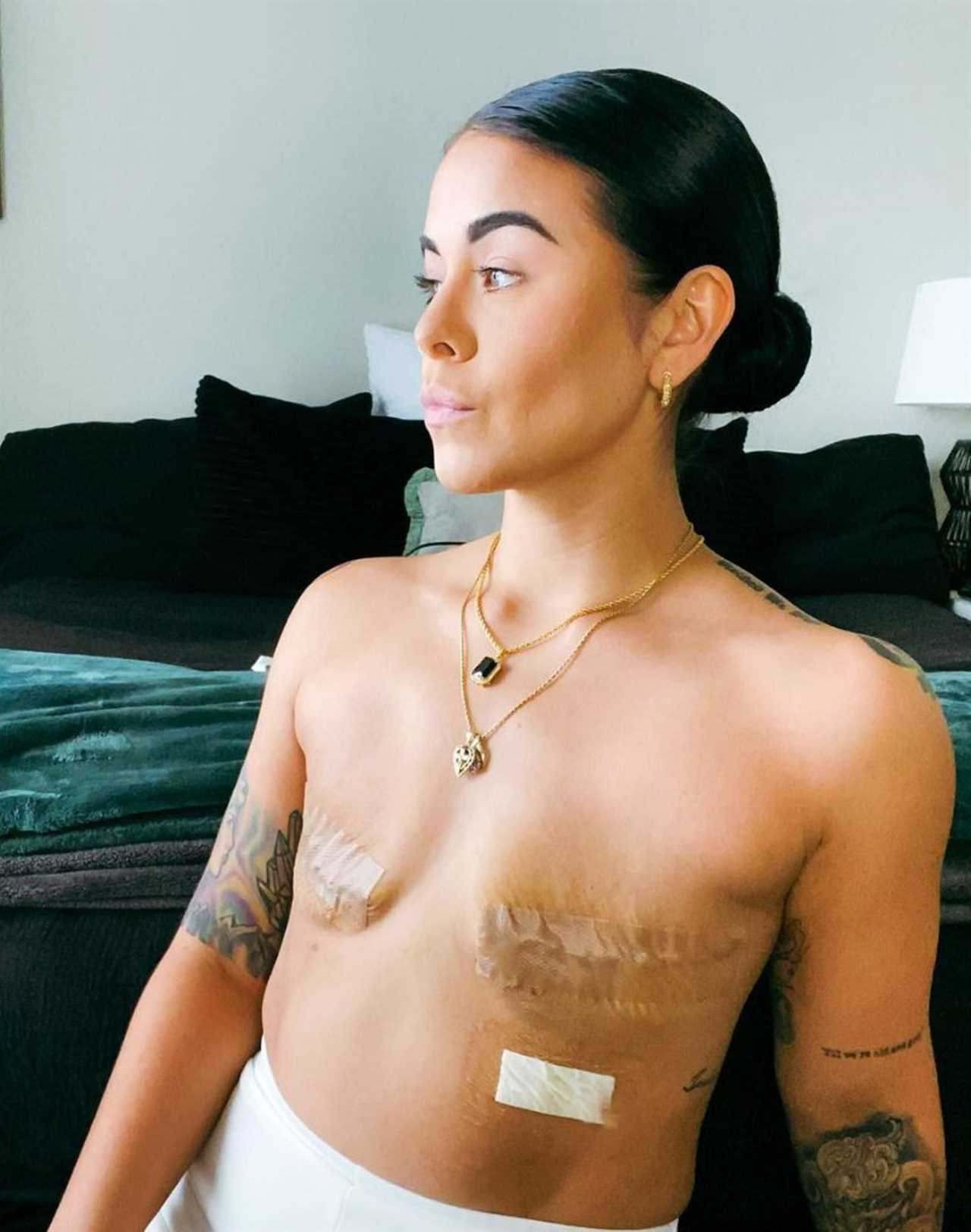
Stephanie decided against having boob implants, staying flat chested instead
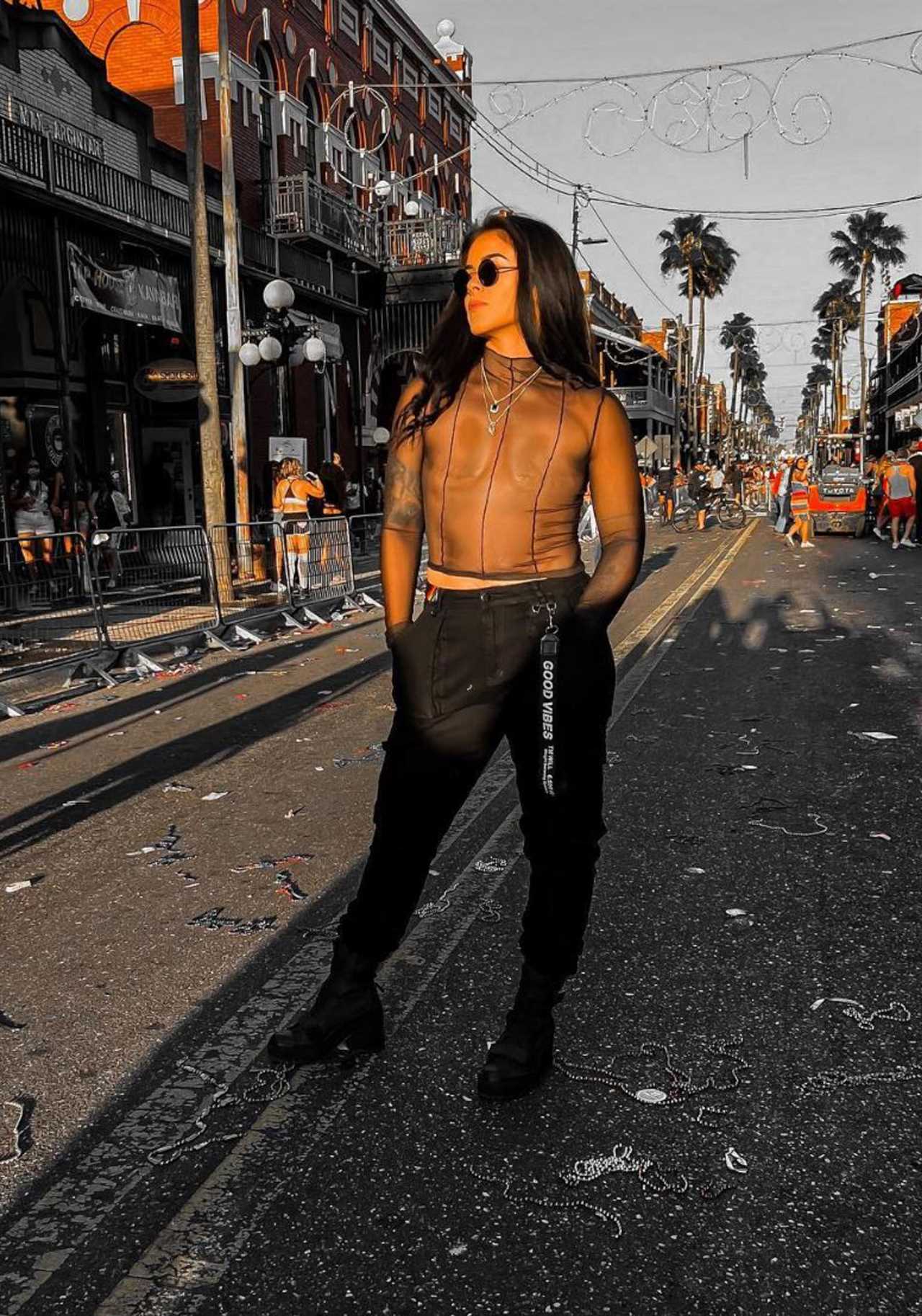
With a flat chest, Stephanie feels more confident than ever






